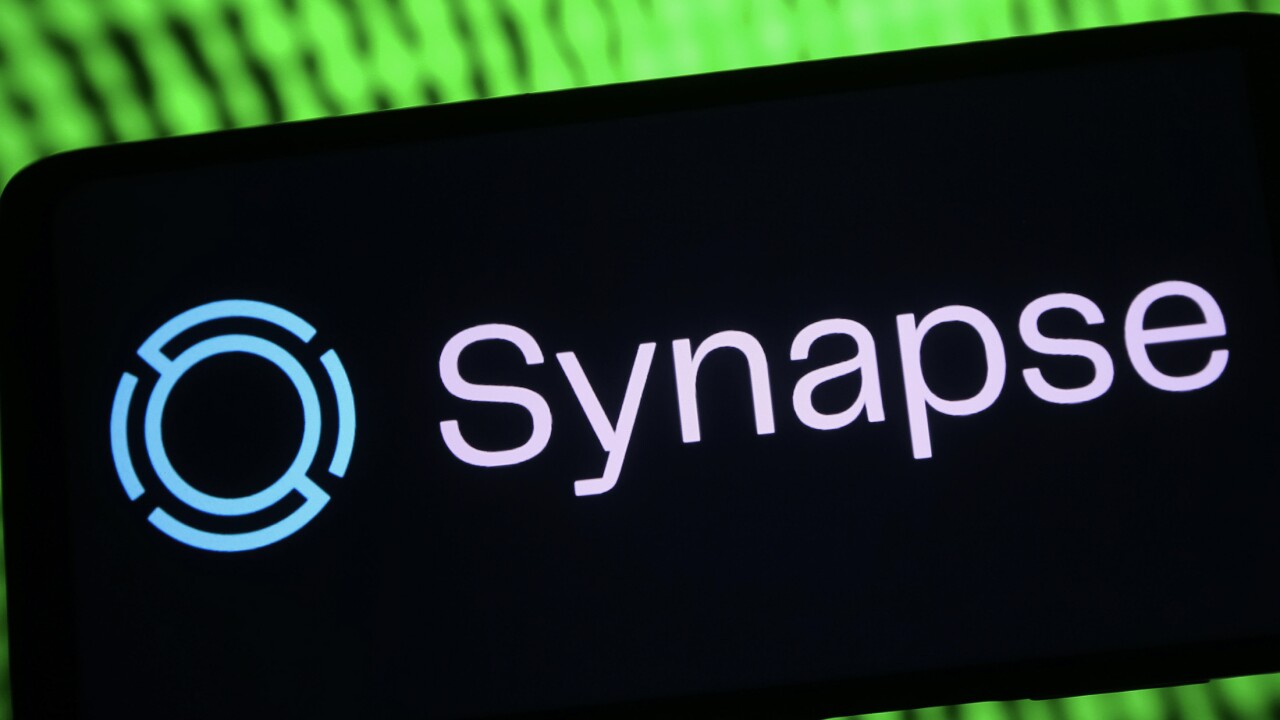Wells Fargo & Co. — the nation's largest buyer of closed loans outside of the GSEs — has thrown down the gauntlet on the correspondent market, creating an "exclusionary list" of 88 firms that it will no longer buy loans from. How are lenders reacting so far? With a mixture of fear of being on the list and an indifferent "so what?"
Indeed, exclusionary lists are nothing new to the mortgage industry. Two decades back Fannie Mae created a "blackballed" list of appraisers it considered, shall we say, professionally challenged. During the height of the subprime boom several Wall Street-owned wholesalers had lists of loan brokers they wouldn't do business with, even though it seems like they ignored their very own lists.
Meanwhile, sources told National Mortgage News that several large correspondent either have similar lists, or at the very least a database of firms to keep an eye on. CitiMortgage, for instance, has an exclusionary list. Bank of America didn't, but it doesn't matter anymore — the bank is no longer buying loans from others.
Still, a handful of mortgage advisors and analysts are none too happy the Wells list has been leaked around the industry. NMN has a copy, but has decided to only publish a handful of names from it for the simple reason that Wells would not discuss what exactly lands someone on the list.
Interestingly, several firms on the list are either no longer in business, or have scaled back their presence in the market. Now-defunct firms on the list include Ideal Mortgage Bankers (a dba for LendAmerica in Melville, N.Y.) and Taylor, Bean & Whitaker, which failed almost three years ago.
Another list member is HSBC Mortgage which is a shadow of its former self in mortgage banking. A spokesman for the bank had this to say, "HSBC stopped selling loans on a correspondent basis to Wells almost four years ago."
One West Coast-based investment banker said he understands the need for such lists but said, "Why did they have to make it so public?" He noted that being on the list can prove to be highly embarrassing to a lender, adding, "It means you not only can't sell to Wells, you can't sell to anyone who does."
A trade group official, requesting his name not be used, said he received several phone calls from his members wanting to know if they were on the list. He finally obtained a copy and commented that firms on the list likely are ensnarled in buyback disputes with Wells.
Like I said, Wells not only declined to comment but refused to give any context. Actually, I shouldn't say that. In the memo, which came under the heading of "Newsflash," Wells said the move came about as a way to "address risks associated with loan origination." (There you go.)
But there may be something else afoot here. Wells and some of its megabank brethren are raking in the dough on HARP 2.0 refinancings, making huge profit margins by charging more than the going rate to underwater borrowers. Could it be that Wells wants to hog all this business for its retail arm where profit margins are ever higher?
Like I said, Wells is not talking. But there is a silver lining here. Even though the bank has an exclusionary list, at least it's staying in the channel unlike those scaredy cats over at Bank of America and Ally Financial. And it's a good thing: with a correspondent market share of 35% can you imagine what would happen to third-party lenders and community banks if Wells pulled the plug? It wouldn't be pretty — and it would make the news of an exclusionary list pale in comparison.





